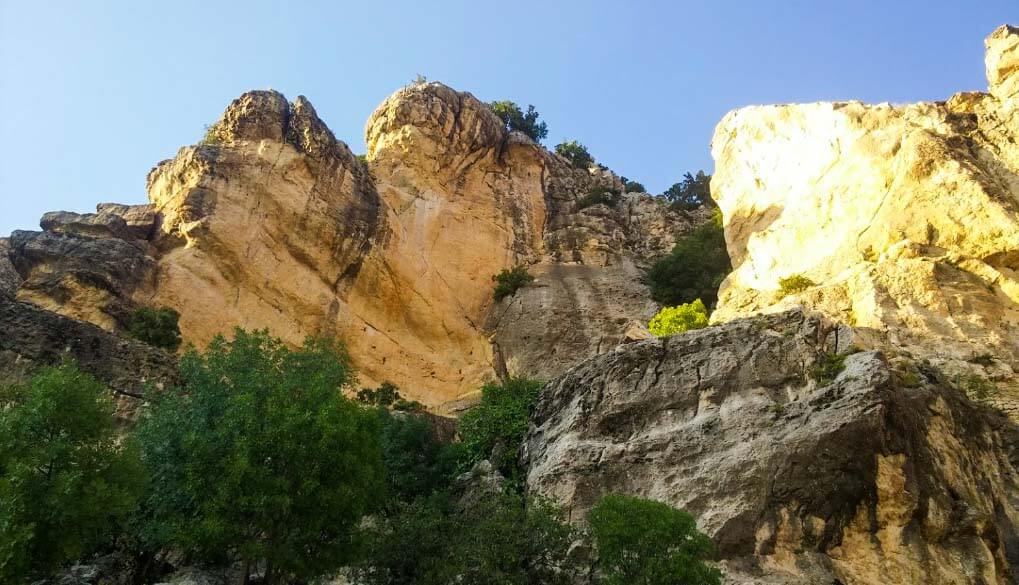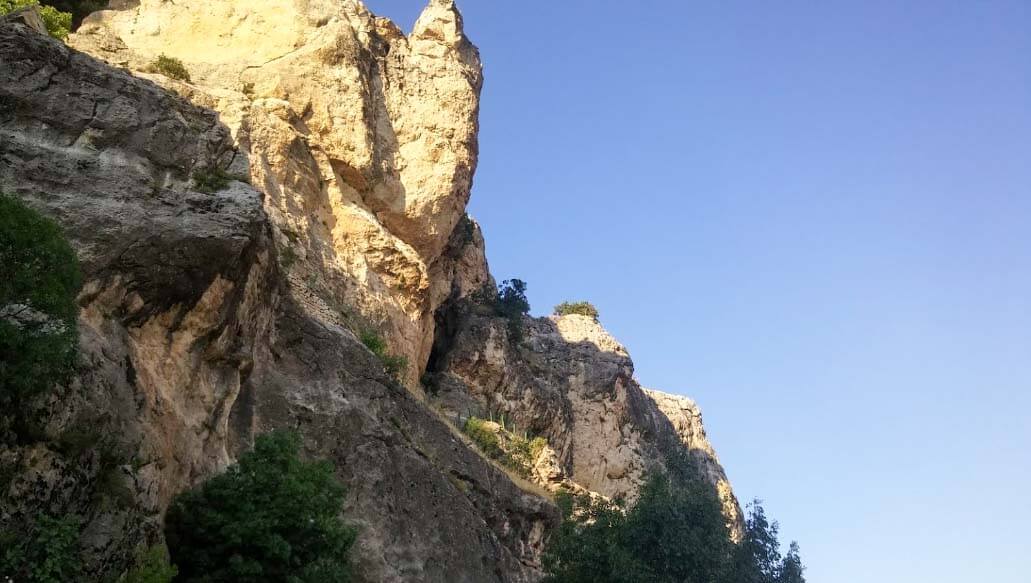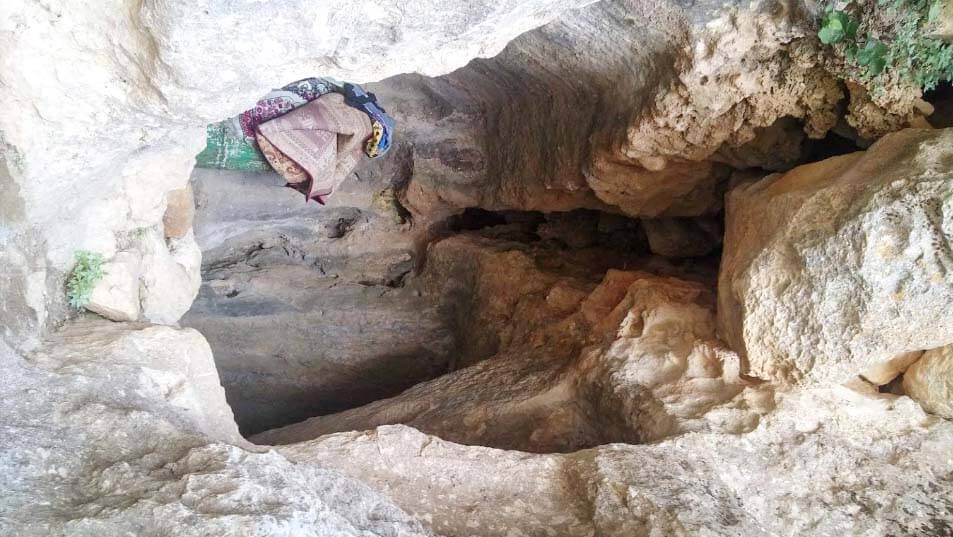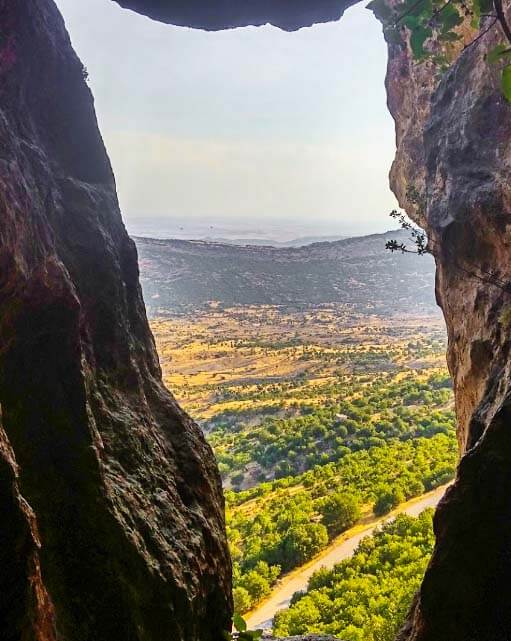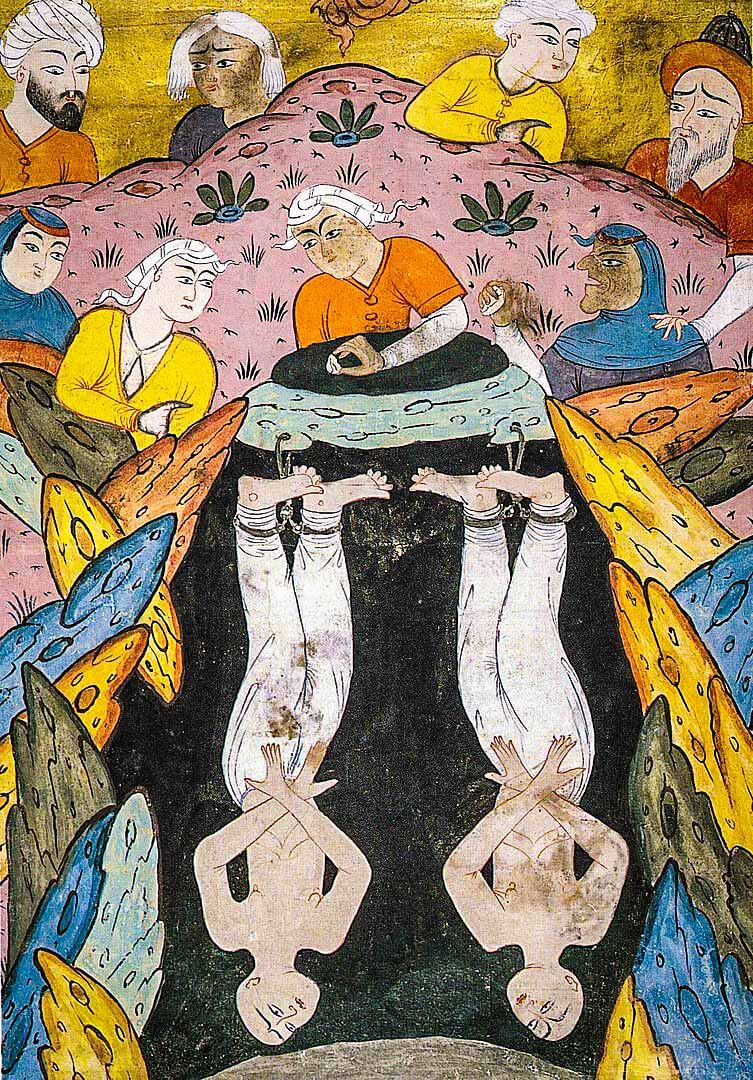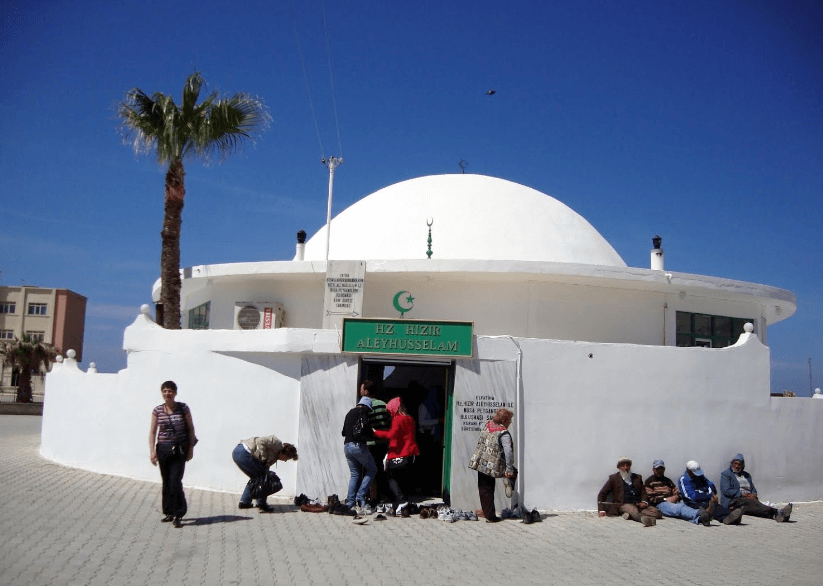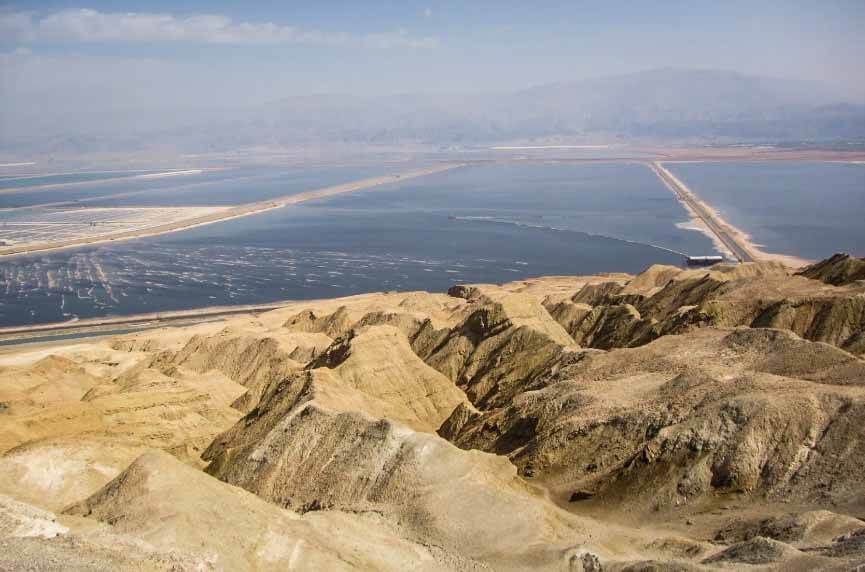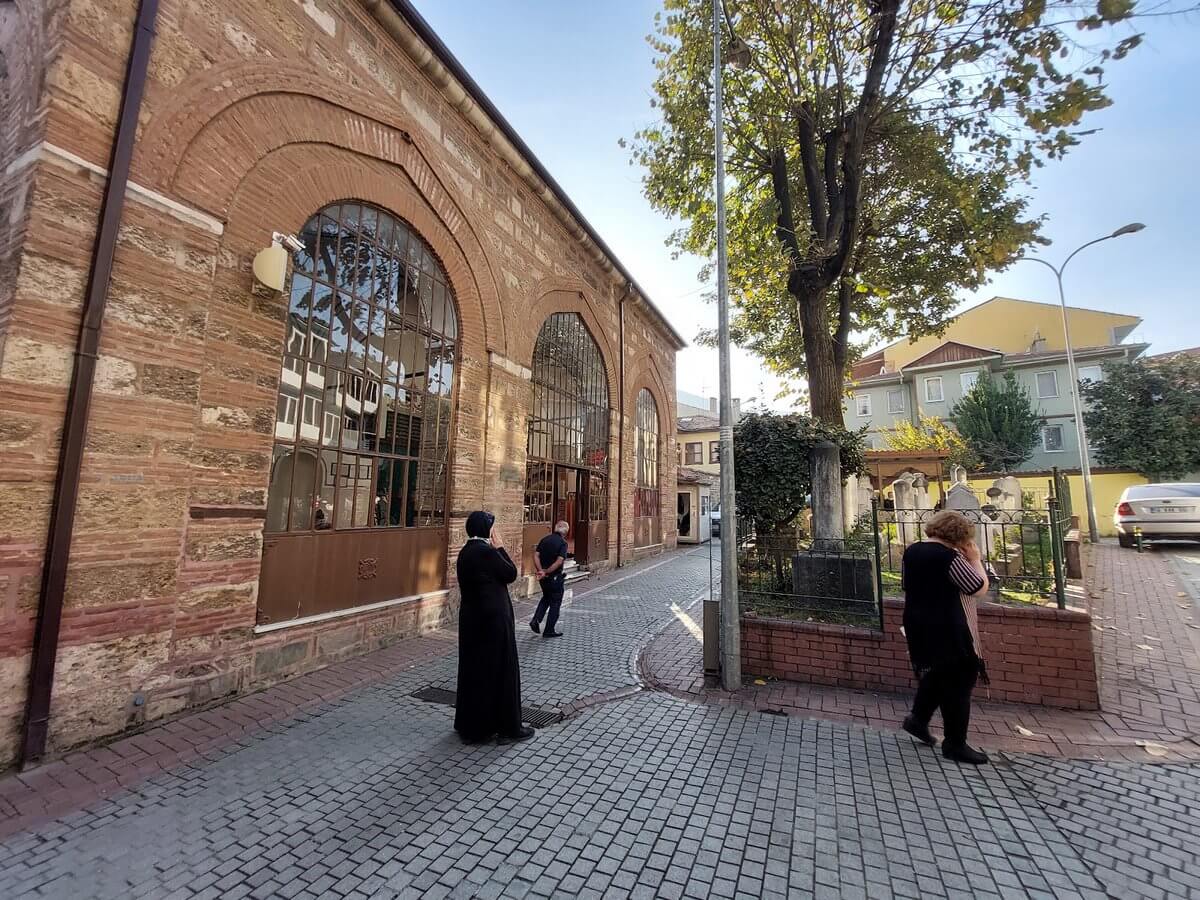Diyarbakır, Turkey
Coordinates: 38.439628, 40.499841
According to Prof. Dr. Yusuf Kenan there are evidence that shows that Ashab-ı Al-Kahf Cave is in Lice
Conditions of the cave match the expressions within Quran.
Conditions are exactly the same as stated in the Surat Al-Kahf, 17th verse: And [had you been present], you would see the sun when it rose, inclining away from their cave on the right, and when it set, passing away from them on the left, while they were [laying] within an open space thereof. That was from the signs of Allah. He whom Allah guides is the [rightly] guided, but he whom He leaves astray – never will you find for him a protecting guide.
There are church ruins near the cave.
There are ruins of a very old church near the cave that is called as ‘Deri Rakim’ (Rakim church) by the locals. Sevket Beysanoglu Bey published the photographs of the ruins of this church.
Ruins of a wall at the entrance of the cave.
There are the ruins of a wall which is told to be built by Dakyanus.
Dakyanus is considered both as a city and a king by various glossators.
As accepted by many scholars, Dakyanus is both the name of the city where Ashab-i Kahf had lived and the name of the king that tormented he friends of Allah. Antique city in Lice and its king’s name is Dakyanus. Is it just a coincidence that the king is also has the same name as tha Dakyanus Antique city?
The name of the Fis lowlands, where the Dakyanus Antique city was settled on, is derived from Efsus. Sevket Beysanoglu states that the name of Fis originates from Efsus.
The mountain that hosts the cave is called as Eshab-ul Al-Kahf or Rakim.
Until 1977, the mountain was named as Eshab-ul Al-Kahf in official records. At that year, General Directorate of Cartography changed the name of this mountain along with the other mountains near to it to Inceburun Mountains. Şevket Beysanoğlu Bey mentions this mountain as RAKIM but also uses the name Eshab-i Al-Kahf in arenthesis in his work named “The Location of Eshab-i Al-Kahf” which was compiled by him following the statement presented during the First International Turkish Folklore Congress in 1976 along with other works.
The hill of the mountain, where the cave is located at, is designated as ‘Rakim’ on some maps.
It is known that, until recent times, the mountain that the cave is located at was called shab-ul Al-Kahf and the hill was names as Rakim.
The region was ruled by East Roman Empire when the incident had happened.
The incident had happened during the reign of East Roman mpire according to the experts on this subject. Christian scripts state that it happened after Hz. Isa عليه اسلام, during the reign of Decius (Dekyanus=Dakyanus) who was the ruler between the years 01 and 254. Lice hosted wars between Roman-Part until the year 226 and then the wars between Roman-Sassanian dynasties. It is nearly 100% proved that the Dakyanus Antique city is from the Roman Empire era. Despite the presence of people claiming that the city might belong to the Selevkos era, the Roman architecture dominating the city strengthens our claim.
Interpretation of the Epitaph at Ashab-i Al-Kahf in Lice
The cave expressed in the Quran is wide enough to host 7 people. But if it is to be asked why the cave is small, the reason for this is that during the era of Hz. Selahaddin Eyyubi رحمة الله عليه, half of the cave cracked and the stones fell onto Derkam village.
In order to prevent the cave from being forgotten, brother of Hz. Salahaddin Eyyubi رحمة الله عليه, Melik Adil, ordered the cave to be repaired.
It can be understood that Melik Adil and Eyyubis were the rulers of Lice, Antak region by looking at the text on the minaret.
Melik Adil repaired the Al-Kahf cave and left a script in there. This script is the strongest evidence that the Ashab-i Al-Kahd is located at Diyarbakir, Lice.
In 1183, Diyarbakir was taken by Hz. Salahaddin Eyyubi رحمة الله عليه and his brother Melik Adil became the ruler of the region.
When compared with the epitaph in Lice which was written in 1200, other Eshab-i Al-Kahf documents in other regions of our country are relatively new.
There is an interesting document that confirms the aforementioned subject. In his work called Matlaun Saadeyn, which was written 530 years ago, famous historian Abdulrezzak Semerkandi states that: “Sultan Uveys prepared a voyage to Ashab-i Al-Kahf in Lice through Bingol and arrived in Mus Lowland.” So we see a document from 1500s about Ashab-i Al-Kahf in Lice in history books.


